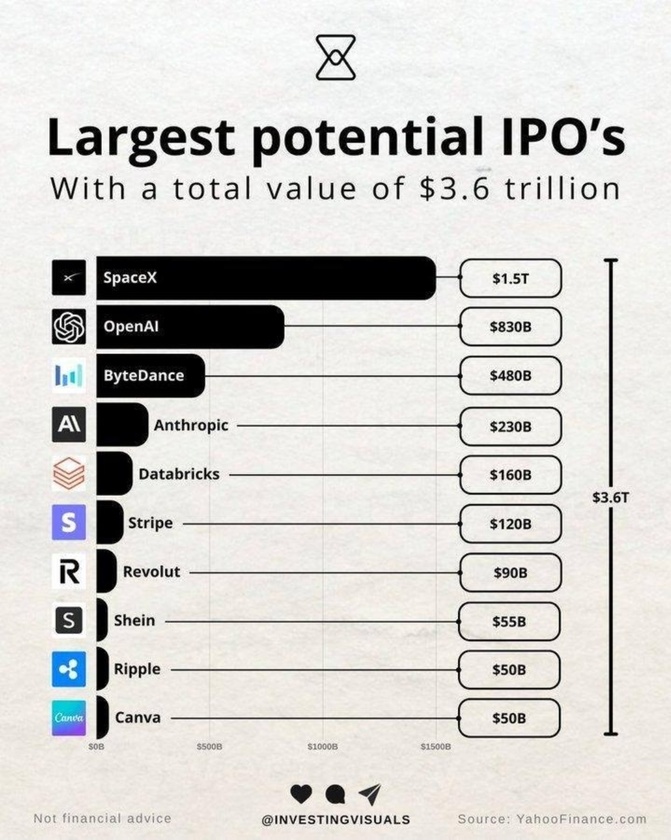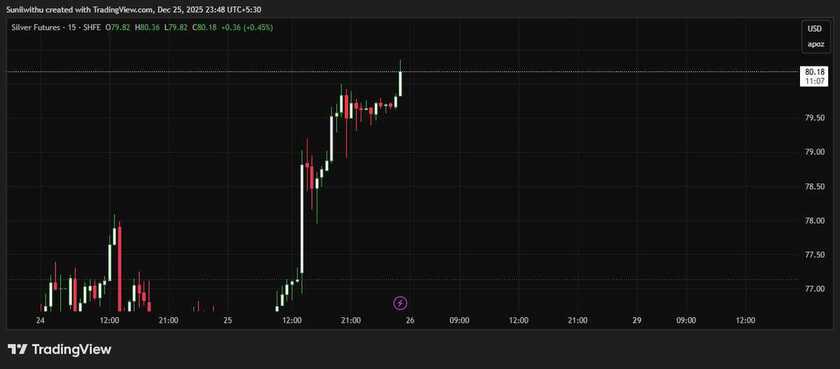💭 Ever wonder why Bitcoin is being heavily promoted and broadcast to the masses at such a massive scale? I do too—it doesn’t quite sit right with me. 🤔 When you think about it, 99.9% of DeFi has little to do with Bitcoin. It’s the so-called "altcoin" projects, most of which are still severely undervalued today, that truly have the potential to transform the world, and generate the next round of multi-billionaires. 🌐 Namasté 🙏~The Dinarian
Bitcoin is increasingly being included in the portfolios of institutions and their clients. In this opinion piece, Jason Leibowitz, explores how the digital asset space can be tailored for institutions. He is Head of Private Wealth at Hashnote, a digital asset manager started by the founders of DRW.
For years, Bitcoin lingered at the fringes of institutional finance, viewed as an experimental asset marred by volatility and regulatory uncertainty. Despite its promise of decentralization and outsized returns, Bitcoin remained largely untouchable for banks, asset managers, and other stalwarts of traditional finance (TradFi). However, a tectonic shift is underway. As regulatory clarity emerges in the United States and institutional interest grows, Bitcoin is poised to redefine portfolio strategies. Yet, one critical question persists: How can Bitcoin move beyond speculative asset status and deliver real, risk-adjusted value to institutional portfolios?
This question lies at the heart of an innovation wave that is reshaping the digital asset landscape. Yield-generating Bitcoin strategies, long a focus of crypto-native platforms, are now being tailored for institutions. At Hashnote, an on-chain digital asset manager, we have seen firsthand the challenges and triumphs of building these strategies. The journey to institutional adoption is not without its hurdles, but the rewards—for both investors and the broader ecosystem—are transformative.
The Problem: Unlocking Productivity from a Volatile Asset
Bitcoin’s primary narrative has been that of digital gold—a store of value with long-term appreciation potential. While compelling, this narrative has limitations for institutional investors who require consistent income streams and clear regulatory guardrails. Institutions face a fundamental challenge: How do you turn a volatile, unyielding asset into a productive component of a balanced portfolio?
This challenge is compounded by legacy concerns. Custody solutions have historically been underdeveloped, and fears of counterparty risk or credit exposure have deterred adoption. Meanwhile, questions about regulatory compliance lingered, leaving institutions wary of wading into the digital asset space. These barriers have kept Bitcoin yields—and their potential—out of reach for many institutional players.
The Innovation: Building Yield Strategies for Institutions
At Hashnote, our mission has been to bridge this gap by developing Bitcoin yield strategies that address these challenges head-on. Two pioneering products exemplify our approach: Core Dual Staking and iBTC Wrapping. Each represents a unique, risk-mitigated way of earning yield on long spot Bitcoin positions without introducing new counterparty or credit risks.
Core Dual Staking emphasizes non-custodial staking, a principle that risk-conscious DeFi managers prioritize. Unlike traditional staking models, where assets may be at risk of slashing or centralized control, Core Dual Staking ensures that investors maintain control of their Bitcoin while eliminating slashing risk. This approach not only mitigates credit risk but aligns with the institutional demand for transparency and security.
iBTC Wrapping offers another innovative solution. This non-custodial Bitcoin wrapping product allows institutions to earn yield by integrating Bitcoin into decentralized finance (DeFi) ecosystems. Unlike traditional methods of wrapping Bitcoin, which often introduce counterparty risk, iBTC leverages smart contract functionality to maintain a one-to-one backing of Bitcoin without adding new layers of credit risk. For institutions, this means accessing DeFi yields with the confidence that their underlying assets remain in secure custody.
Both products exemplify how yield can be generated in a compliant and risk-managed manner. But where does this yield come from? The answer lies in the mechanics of staking and wrapping. Staking derives yield from participating in blockchain consensus mechanisms, earning rewards for validating transactions. Wrapping Bitcoin for DeFi applications creates opportunities to lend or provide liquidity, earning fees in return. These processes, while rooted in blockchain innovation, have been adapted to meet the stringent requirements of institutional finance.
The Solution: Regulatory Clarity Unlocks Potential
The pro-crypto administration set to take office in the United States marks a pivotal moment for institutional adoption. With a new head of the SEC who is reportedly supportive of digital assets and policymakers prioritizing regulatory clarity, the stage is set for a significant expansion of institutional engagement with Bitcoin. This clarity will address longstanding concerns around custody, liquidity, and compliance, empowering banks, registered investment advisors (RIAs), and other TradFi entities to incorporate Bitcoin into their offerings.
Regulatory clarity doesn’t just lower barriers; it creates opportunities. For the first time, institutions can envision a future where Bitcoin isn’t just an alternative asset but a core component of balanced portfolios. The ability to integrate Bitcoin yield strategies alongside equities, fixed income, and other traditional investments opens the door to new demand from institutional clients seeking diversification and long-term growth.
The Outcome: A New Era of Institutional Crypto Adoption
The convergence of product innovation and regulatory clarity is catalyzing a transformation in institutional finance. Bitcoin yield strategies, once seen as speculative, are now viewed as essential tools for generating risk-adjusted returns. For institutions, these strategies offer a way to justify Bitcoin allocations while addressing stakeholder concerns about volatility and risk.
We believe this moment is just the beginning. The ability to earn yield on Bitcoin without introducing new risks represents a paradigm shift, one that will redefine how institutions interact with digital assets. By aligning innovation with TradFi principles, we aim to make Bitcoin not just accessible but indispensable for institutional portfolios.
The journey from concept to reality is never linear, but it is always worth pursuing. As Bitcoin trades at historic highs and the market matures, institutions that embrace these innovations will find themselves at the forefront of a financial revolution. Yield-bearing strategies aren’t just a gateway to digital assets; they are the foundation of a new era in institutional finance.





























